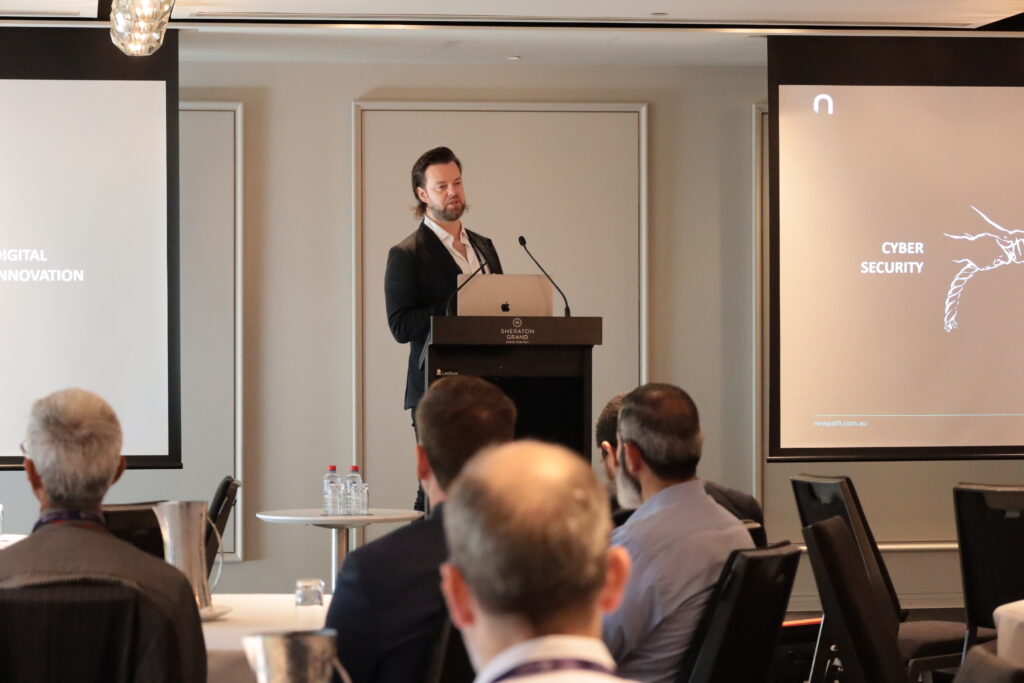
Google Optimize is a free tool offered by Google that allows businesses to test and optimize their website content and user experience. It’s a powerful tool that can help businesses increase conversions and improve overall website performance.
Here are some key things to know about Google Optimize:
- A/B Testing: One of the main features of Google Optimize is A/B testing. This allows businesses to create multiple versions of a webpage and test which version performs better. By testing different variations of a webpage, businesses can make data-driven decisions to improve website performance and increase conversions.
- Targeting: Google Optimize offers advanced targeting options, allowing businesses to target specific segments of their audience. This can include factors such as location, device type, or referral source. By targeting specific segments, businesses can create more relevant and personalized experiences for their users.
- Personalisation: Another key feature of Google Optimize is personalisation. Businesses can use personalisation to deliver a customised experience for each user based on their behavior and preferences. Personalisation can include factors such as language, location, or previous interaction with the website.
- Integration with Google Analytics: Google Optimize integrates seamlessly with Google Analytics, allowing businesses to use data from Google Analytics to inform their testing and optimisation strategies. This integration also allows businesses to view the impact of their testing and optimisation efforts on key metrics, such as bounce rate, time on page, and conversion rate.
- Free Version and Enterprise Version: Google Optimize offers both a free version and an enterprise version. The free version allows businesses to test up to three variations of a webpage and has limited reporting capabilities. The enterprise version offers more advanced features, such as audience targeting, advanced reporting, and the ability to test an unlimited number of variations.
- Experiment Types: Google Optimize offers different types of experiments that businesses can run, including A/B testing, multivariate testing, and redirect testing. Each experiment type offers different advantages and can be used to test different aspects of a webpage, such as headlines, images, or page layout.
Google Optimize and Optimize 360 will no longer be available after September 30, 2023. Experiments and personalisations can continue to run until that date. Any experiments and personalisations still active on that date will end.
Google recommends that customers download the historical data from their accounts before the sunset date. The raw data is also available through the Google Analytics Data API, but you will not be able to access your experience inference results or your historical Google Analytics 4 raw data once the platform has gone offline.
Customers of Firebase A/B Testing will be pleased to hear that there are no plans to stop this service – even though it’s using the same infrastructure as Optimize. Google has stated that it is committed to continue its support for this service.
Alternatives to Google Optimize
Over the coming months businesses will need to start the process of selecting a new experience and experimentation platform, and of course begin the process of transitioning away from Google Optimize. There’s a number of alternatives available, and finding the right platform might be a little tricky, and require some in depth analysis and consideration to make the right choice.
Here are some popular options for consideration:
- Optimizely: Optimizely is a popular website testing and optimisation platform that allows businesses to test and personaliSe their website content and user experience. It offers A/B testing, multivariate testing, and personalisation features, as well as advanced targeting options.
- VWO: VWO is a website testing and optimisation platform that offers A/B testing, multivariate testing, and personalisation features. It also includes heatmaps and visitor recordings to help businesses understand how users interact with their website.
- Unbounce: Unbounce is a landing page optimisation platform that allows businesses to create and test custom landing pages. It offers A/B testing and personalisation features, as well as a drag-and-drop page builder.
- Convert: Convert is a website testing and personalisation platform that offers A/B testing, multivariate testing, and personalisation features. It also includes audience segmentation and targeting options.
- Adobe Target: Adobe Target is a website testing and personalisation platform that allows businesses to test and personalise their website content and user experience. It offers A/B testing, multivariate testing, and personalisation features, as well as advanced reporting and analytics.
Each of these platforms offers different features and pricing plans, so businesses should evaluate their needs and budget when selecting a platform. It’s also important to consider factors such as ease of use, integrations with other tools, and support when choosing a website testing and optimisation platform.
An alternative option might also be to look at your current DXP (Digital Experience Platform) and to what’s possible with that platform right now. You may be able to achieve your goals with what you have (with some development and customisation to get you there).
The team at Newpath can help you navigate this process and make the right platform selection decision based on your current and future business goals.





